The History of Yuri, Part 4: The 20 Year Gap
As I said in part 3.5 (Yaoi), starting with the 80s there’s a dead zone as far as yuri goes. I’m sure some things came out in the form of manga; many of the members of the Year 24 Group continued to produce art, and people influenced by them likewise had entered the manga world, but the anime industry was growing and growing, and come the ‘90s … well…
When analyzing Japanese media, looking at manga is almost like observing micro-climates. It’s small and can deviate from the norm; you can find all sorts of unusual things in manga. Come the ‘90s and especially in the ‘00s, if you want to try and get any sense for the mainstream, and what’s on the fringes of mainstream, you look at what comes out as anime.
See, anime costs so much more to produce than manga. A single artist or small team can make manga, but anime requires so many animators, so much more labor… and with that, so much more production cost. Only that which is mainstream or popular or promising seeming enough can get business men to fund it.
And in anime? The ‘80s gave yuri fans… what?
The Dirty Pair? (1985)
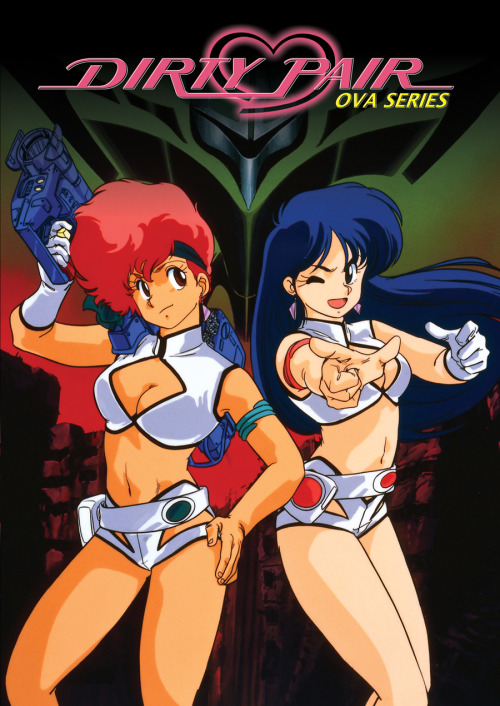
Project A-ko? (1986)
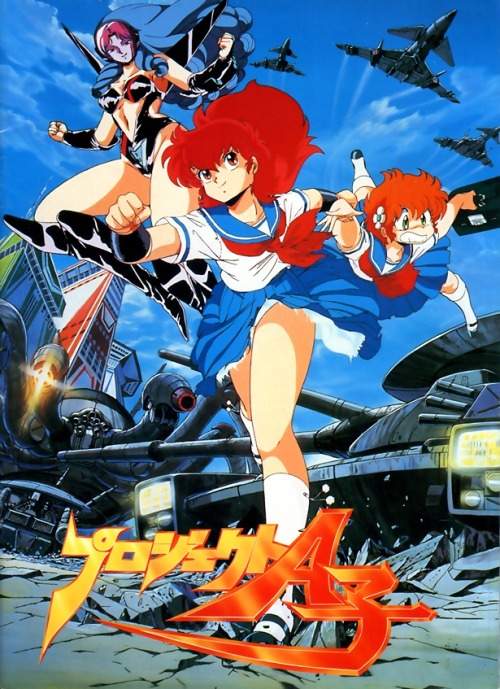
Gunbuster? (1988)
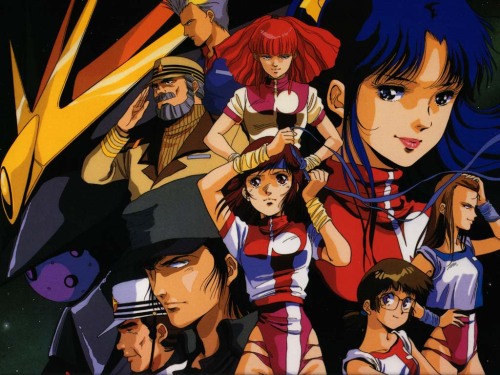
Bubblegum Crisis? (1987)
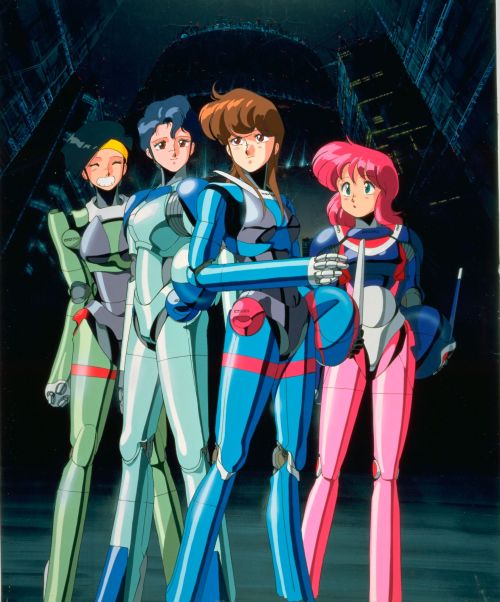
Everything was subtext. Iczer (1985) had some lesbians in it, but it was still ultimately about alien robot girls blowing things up.
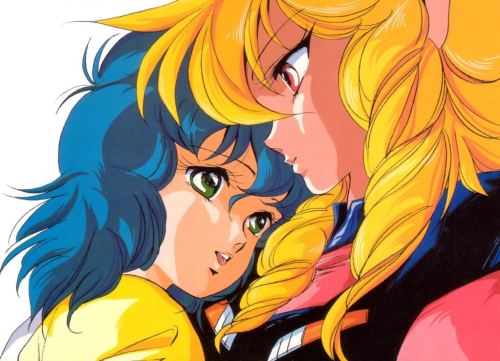
Yuri was a secondary element in these series. Yuri is a secondary element in many shows during the ‘90s, in fact, but it was all in the form of fan service, tantalization or comedic relief.
Gunsmith Cats (1995), Battle Athletes (1997), Galaxy Fraulein Yuna (1995), every single harem series ever and more all had subtext.
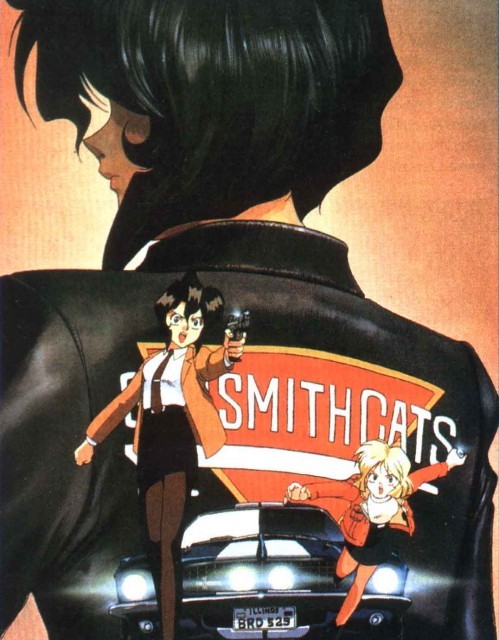
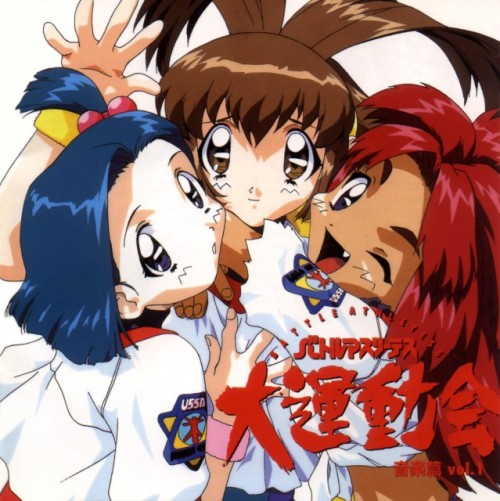

El-Hazard (1995) and Card Captaor Sakura (1998) were remarkable for having lesbian characters, but it still wasn’t a central element.
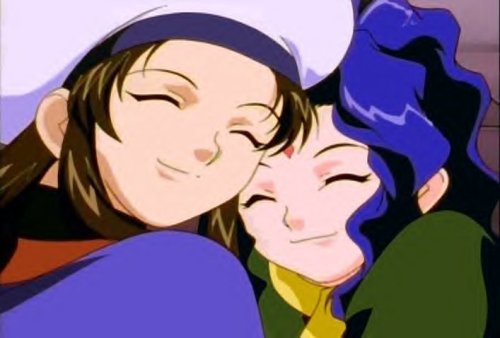
Fatora and Alielle were very much so women into women, even if it was played for comedy.
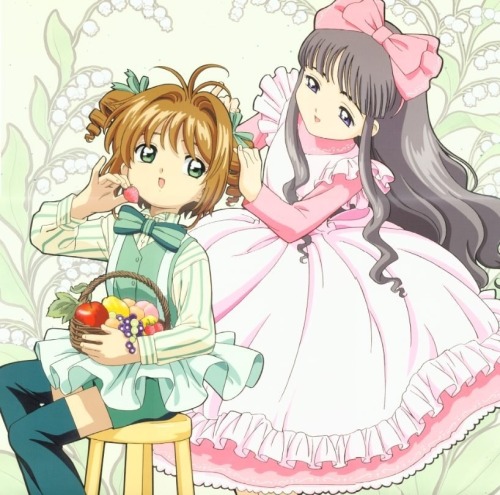
Tomoyo’s crush on Sakura is inoffensively Class-S in that anyone who would be bothered by her lesbian crush would just expect her to grow out of it…

But seriously, any female who makes this face when looking at another female? You can be certain she’s not strictly heterosexual.
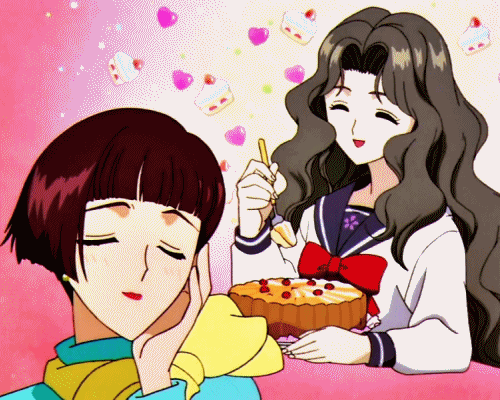
… her mother, on the other hand, was painted as immature regarding her feelings about Sakura’s mother, demonstrated in her bickering with Sakura’s father. I love her, but that is not a character the audience is intended to think possesses emotional maturity.
Likewise, super special bonus points to Sailor Moon for not only having a lot of subtext, but having Haruka and Michiru.

Never the less, Sailor Moon was a show with yuri in it, not a show about yuri. … even if sometimes it really felt like it.
Aside from a few one off episodes of hentai, the first yuri anime was … go figure… Riyoko Ikeda’s Oniisama e (1975)
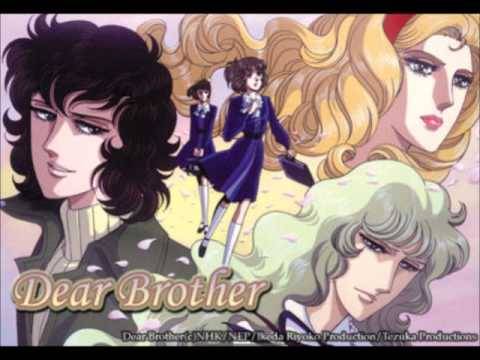
Yep, the first yuri anime was an adaptation of a ‘70s Year 24 Group manga … and after that? Almost nothing came out again. 1997 brought us Revolutionary GIrl Utena, with the relationship between Utena and Anthy as a central facet of the plot.

I love Revolutionary Girl Utena. It is queer in so many wonderful ways, a classic that I will always hold dear in my heart… but it didn’t set any trends for yuri. It didn’t bring about a new era of it. No, after Utena, the dead space between yuri releases continued. Compared to the pace at which we see yuri content coming out now, the history of yuri between 1976 and 1996 is a roughly 20 year gap… but then something special happened, though even that didn’t make a splash as an anime for more than five years.
What happened? In 1998, the first novel of Oyuki Konbo’s Maria-sama ga Miteru was published.
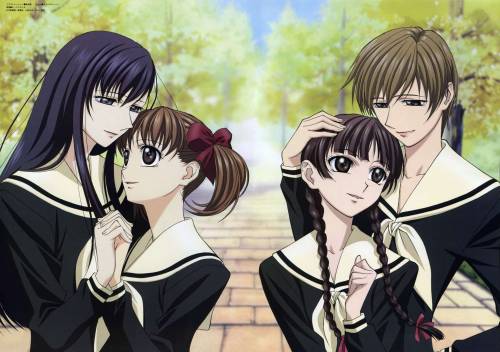
… and that’s where we’ll pick up in the next installment of the History of Yuri.






















